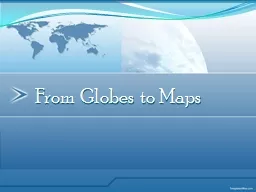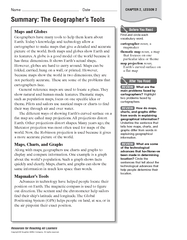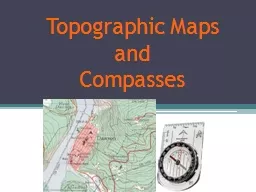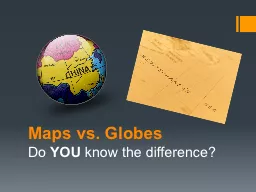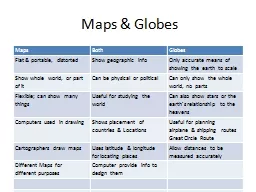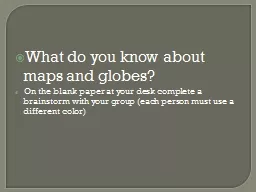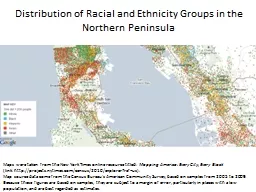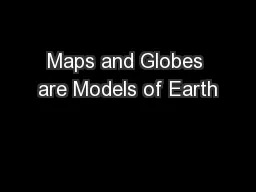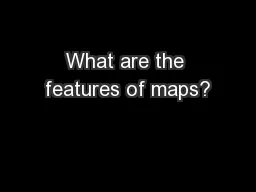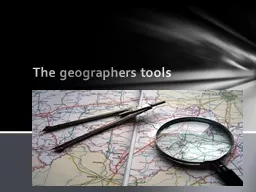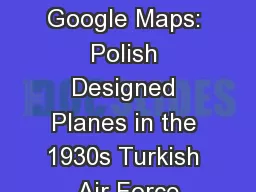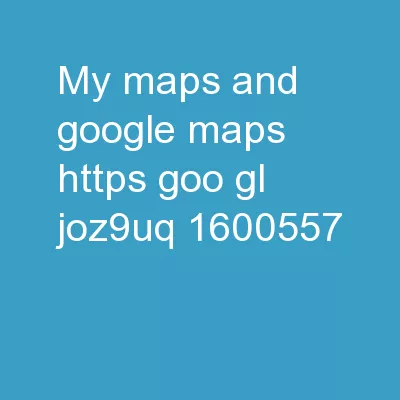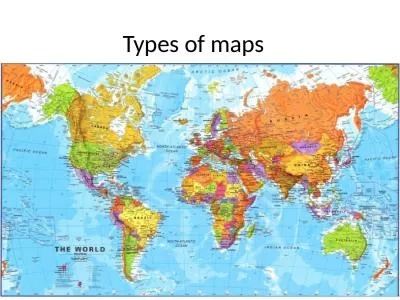PPT-From Globes to Maps
Author : olivia-moreira | Published Date : 2017-03-27
Globe is a threedimensional scale model of Earth Presents the most accurate depiction of geographic information Map is a symbolic representation of all or part
Presentation Embed Code
Download Presentation
Download Presentation The PPT/PDF document "From Globes to Maps" is the property of its rightful owner. Permission is granted to download and print the materials on this website for personal, non-commercial use only, and to display it on your personal computer provided you do not modify the materials and that you retain all copyright notices contained in the materials. By downloading content from our website, you accept the terms of this agreement.
From Globes to Maps: Transcript
Download Rules Of Document
"From Globes to Maps"The content belongs to its owner. You may download and print it for personal use, without modification, and keep all copyright notices. By downloading, you agree to these terms.
Related Documents

